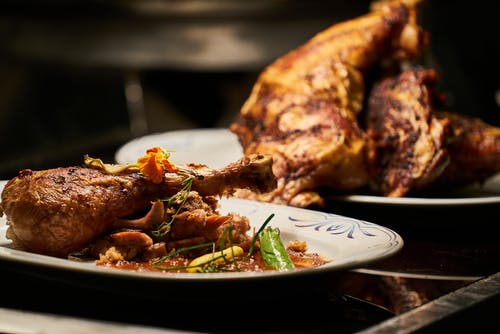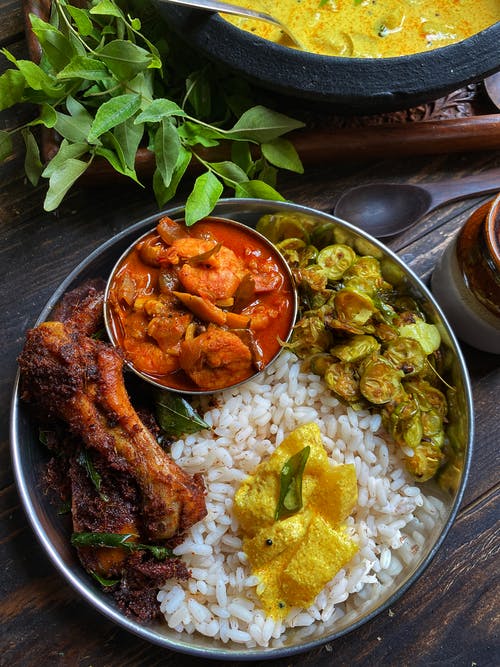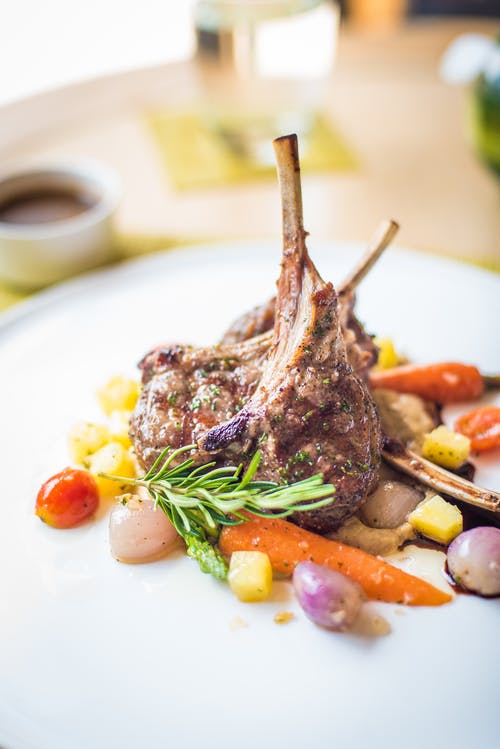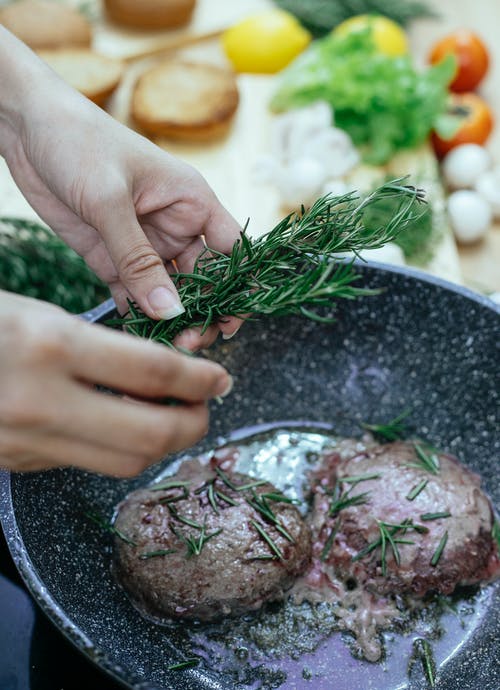The normal perception towards Ayurveda is that it is a treatment system developed by the ancient Hindus. And as the higher castes of Hindus are predominantly vegetarian, this traditional healing system should reflect the same dogma. However, Vedic or Ayurvedic wisdom is far beyond any particular religion or region. It is there to serve all living beings – whether vegetarians or non-veg food.
This blog is a part of the explanatory series of the following shloka from Charak Samhita.
षष्टिकाञ्छालिमुद्गांश्च सैंन्धवामलके यवान् ।
आन्तरीक्षं पयः सर्पिर्जांगलं मधु चाभ्यसेत्।।
Charak Samhita Sutra Sthana (5th Chapter – 12)

Read our popular article – Does Ayurveda Recommends Ghee intake every day?
Categories
Ayurveda divides all living beings into three categories –
- satvic (balanced),
- rajasic (hyperactive)
- tamasic (dull/inactive)
Ayurveda is an assistant science to yoga, the wisdom of union with the divine. The far aim of Ayurveda is to ensure that all living beings have a prolonged life and thus a better opportunity to achieve salvation.
However, Ayurveda respects the fact that each living being is on a different stage of evolution. And therefore, they require different nourishment.
There are five kosha or treasuries that form our identity. One of them is manomaya kosha or the treasury of the mind. This level of existence is the reservoir of all the mental impressions, habits, beliefs, or prejudices that frame the personality of an individual.
Another grosser kosha or treasury is annamaya kosha. This kosha is the physical body and it gets its nourishment from anna or the food.
These two koshas are deeply related. The thoughts and impressions in the minds need a vehicle for physical expression. And the annamaya kosha is the tool for manifestation.
Therefore, a person normally likes and chooses the food that helps his thoughts to manifest.
This manifestation is the tool for realization and wisdom. Therefore, no matter what the thought is – pure or gross, it needs manifestation to reach a higher understanding.
That’s why everything is food to someone, and all types of foods are respectable. They are different stairs in the ladder of evolution. sand no one stair is lesser than the other.

A Diet to feed the Mind
According to Ayurveda and other Vedic sciences, the food for different mind types should be different. Because compatible food will help the thoughts to manifest and aid the process of realization.
The food for the satvic is normally vegetarian. It is sweet, light, nutritious, and easy to digest. This food is considered pure as it is devoid of violence and negativity.
The food for the rajasic is spicy, oily, heavy, and obtained with a lot of effort. A rajasic person is hyperactive and he will not be satisfied with the fruits on the tree. Rajasic people love the hard-work even when it is unnecessary. Therefore, they may prefer non-vegetarian food.
A tamasic person is ignorant or inactive. This person may eat whatever he can get his hands on, even if it is rotten, foul-smelling, unripe, or unfit to eat. They can eat rotten meat.
Therefore, Ayurveda completely supports non-vegetarian food, as it is one of the stages of evolution.
I remember talking to one of my clients regarding the Ayurvedic diet and lifestyle. And he told me that he practiced satvic food habits for a year. By the end of the year, he felt killed. But after that, he ate a chicken burger and suddenly he felt alive. This example helped me to appreciate that all people have different minds, different destinies and thus they must have different foods. In Ayurveda, no food is lesser, even the non-vegetarian one.

Ayurvedic Text on Non-Veg Food
All the major Ayurvedic texts elaborately describe the various types of meat, their Ayurvedic properties, and their usage. They have a special section called mansa varga (the meat section). This section contains a description of all types of meat.
For example –
Charak Samhita describes the meat of almost all animals and birds. Some of the prominent creatures covered in the mans varga of Charak Samhita are –
Birds: chicken, pigeon, peacock, house sparrow, etc.
Animals: Pig (pork), goat, sheep, etc.
Reptiles – Crocodile, snakes, lizards etc.
Charak Samhita even describes the qualities and uses of beef.
It also divides the meat into various categories according to their source.

Ancient Cooking Texts and Non-Veg Preparations
Ancient Ayurvedic cookery books like Paka Darpan, Bhojana Kautohala, Shiv Yoga Ratnakar, Manasollasa, etc. have a huge distinct section for meat preparations. According to the legends; Bheem, one of the five Pandava brothers in Mahabharat was an excellent cook and produce detailed texts on Ayurvedic non-vegetarian cooking.
One of the most commonly used meat preparation was called veshvar (meat cooked with spices and rice). This veshvar preparation is extensively practiced in Kashmir. And the original Sanskrit name veshvar is the source of the Kashmiri cuisine called wazwan!
Non-vegetarian preparations are also highly praised for their nutritional value. for example, Acharya Charak recommends eating chicken for improving potency!!!

Bali – The ayurvedic method to have non-veg food
One of the most interesting manner to consume non-veg food is to prepare it as an offering. Each living being has a high consciousness. The concept of Bali is about asking the permission of the life force before killing any creature.
Besides, almost all religions have the custom to offer food to the divine before consuming it.
This prayer ritual is supposed to bring in a lot of positivity and calm the rajasic hyperactivity.
Thus, Ayurveda has a huge reservoir of highly nutritious and bioavailable meat preparations. And there is no taboo about non-vegetarian food. However, it is still best to have a diet that’s free from violence towards living beings and our planet. Therefore, even if you are a complete non-veg person, try to have a one-day vegetarian meal or o without food. It will help to detoxify the body, help improve digestion and lead to mental balance.
I hope this blog brings you useful information. In the next blog, let us discuss the importance of honey or Madhu in Ayurveda.
